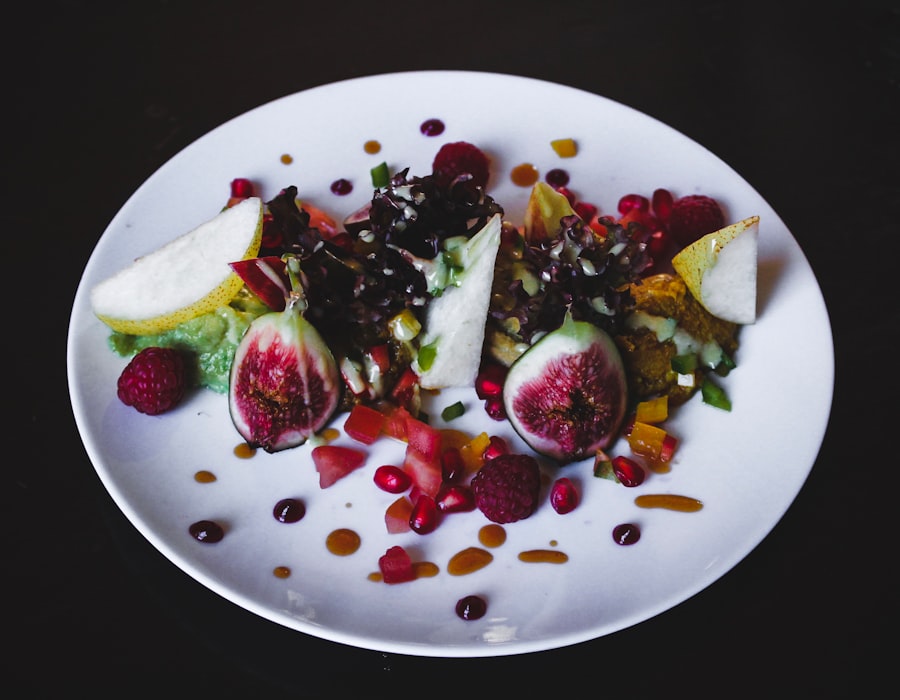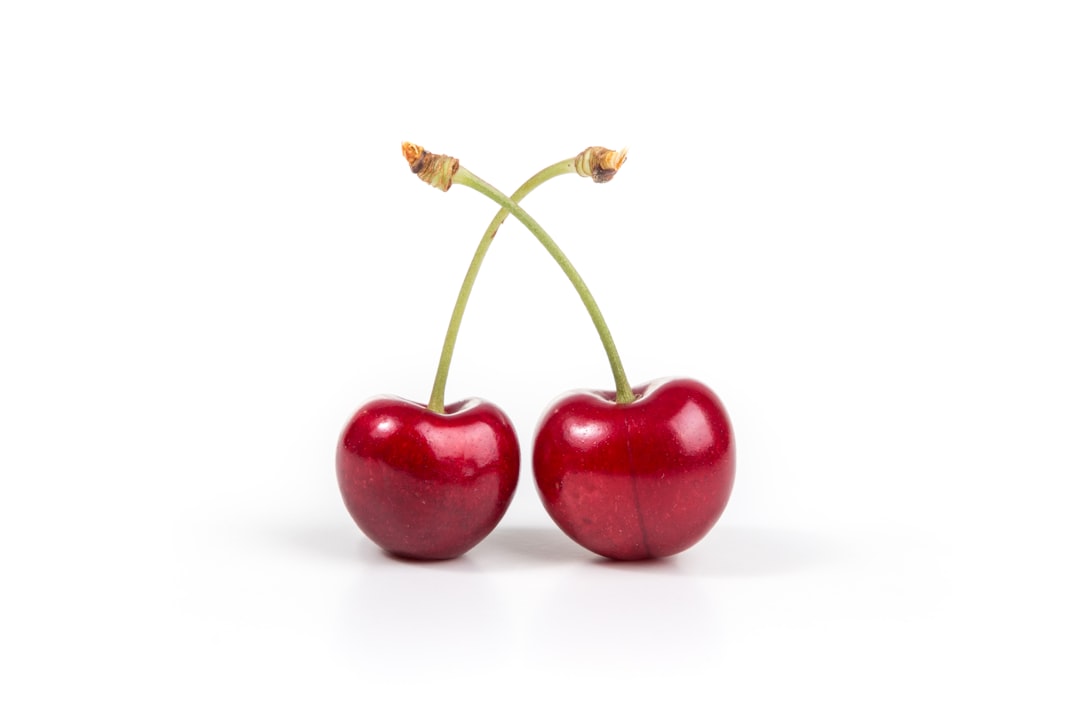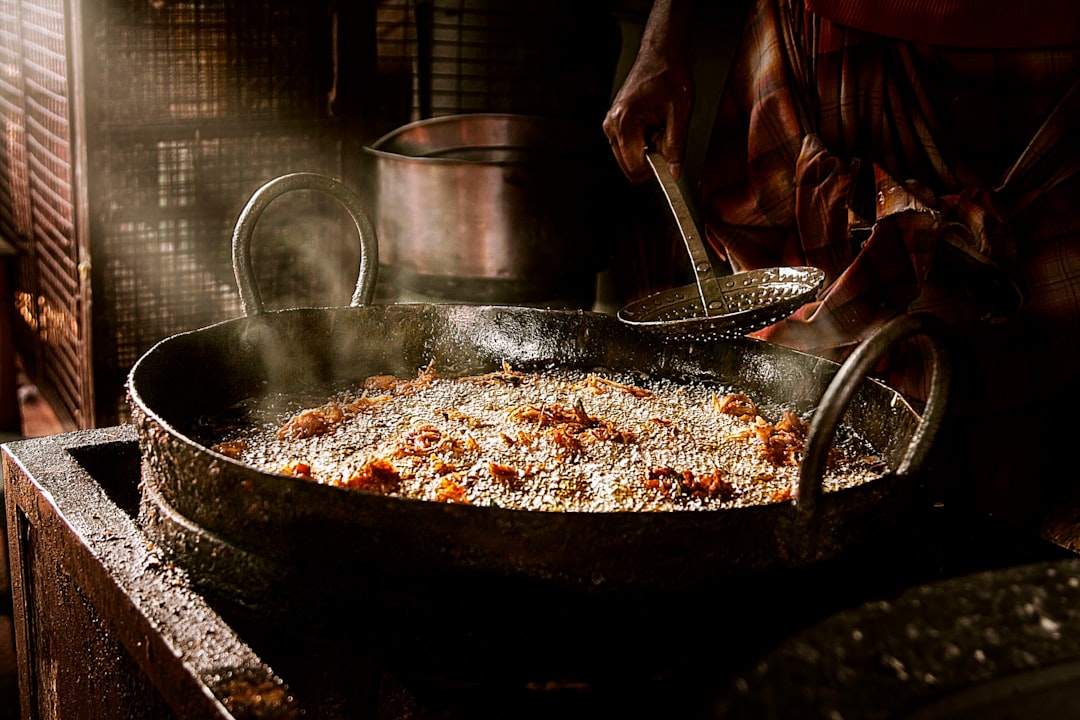Tiramisu, a beloved Italian dessert, has a rich and somewhat debated history that reflects the cultural tapestry of Italy itself. The origins of tiramisu can be traced back to the Veneto region, particularly in the city of Treviso, during the 1960s. While many claim that it was created at a restaurant called Le Beccherie, others argue that variations of the dessert existed long before its popularization.
The name “tiramisu” translates to “pick me up,” which is fitting given its combination of coffee, cocoa, and creamy mascarpone cheese. This delightful concoction was initially crafted as a way to invigorate diners, combining the stimulating effects of espresso with the indulgence of rich cream. The dessert’s rise to fame coincided with Italy’s culinary renaissance, where traditional recipes began to gain international attention.
Tiramisu quickly became a staple in Italian restaurants around the world, celebrated for its unique texture and flavor profile. The layering of coffee-soaked ladyfingers with mascarpone cream and cocoa powder creates a harmonious balance that has captivated dessert lovers globally. As it spread beyond Italy’s borders, tiramisu underwent various adaptations, reflecting local tastes and ingredients while maintaining its core essence.
Key Takeaways
- Tiramisu originated in Italy and has a rich history dating back to the 1960s.
- The perfect tiramisu recipe includes layers of ladyfinger biscuits, mascarpone cheese, and a dusting of cocoa powder.
- Tiramisu variations to try include fruit-infused tiramisu, chocolate tiramisu, and even vegan tiramisu options.
- The best places to find tiramisu are in Italy, particularly in the regions of Veneto and Friuli-Venezia Giulia.
- Tiramisu pairs well with sweet wines such as Moscato or dessert wines like Vin Santo.
The Perfect Tiramisu Recipe
Creating the perfect tiramisu requires attention to detail and a few key ingredients that come together to form a symphony of flavors. The classic recipe begins with ladyfingers, also known as savoiardi, which are light and airy sponge biscuits that absorb coffee beautifully. For the coffee component, a strong espresso is preferred, often sweetened slightly to enhance the overall flavor.
The mascarpone cheese is the star of the show; its creamy texture is essential for achieving that luxurious mouthfeel. To elevate the taste, many recipes incorporate egg yolks whipped with sugar until pale and fluffy, creating a rich custard base. To assemble the tiramisu, start by dipping each ladyfinger briefly in the espresso mixture—just long enough to soak them without becoming soggy.
Layer these soaked biscuits in a dish, followed by a generous spread of the mascarpone mixture. This layering process is crucial; it not only builds flavor but also creates the signature look of tiramisu. After several layers, the dessert is finished with a dusting of cocoa powder on top, which adds a slight bitterness that balances the sweetness of the cream.
Refrigeration is essential; allowing the tiramisu to chill for several hours or overnight helps meld the flavors and firm up the structure.
Tiramisu Variations to Try

While traditional tiramisu holds a special place in many hearts, there are numerous variations that can cater to different tastes and dietary preferences. One popular twist is the fruit tiramisu, where fresh berries or other seasonal fruits are incorporated into the layers. For instance, a strawberry tiramisu uses layers of strawberry puree mixed into the mascarpone cream, providing a refreshing contrast to the rich coffee flavor.
Similarly, a tropical version might include mango or passion fruit, offering an exotic flair that transports diners to sunnier locales. Another exciting variation is the chocolate tiramisu, which incorporates chocolate into both the mascarpone mixture and as a layer between the ladyfingers. This version often uses dark chocolate shavings or cocoa powder for an intense chocolate experience.
For those looking for a non-caffeinated option, a matcha tiramisu can be created by substituting matcha green tea for coffee, resulting in a vibrant green dessert that is both visually stunning and deliciously unique. These variations not only showcase the versatility of tiramisu but also allow for creativity in presentation and flavor combinations.
The Best Places to Find Tiramisu
| City | Number of Tiramisu Places | Average Rating |
|---|---|---|
| Florence | 25 | 4.7 |
| Rome | 30 | 4.5 |
| Venice | 20 | 4.8 |
| New York City | 15 | 4.3 |
Finding authentic tiramisu can be an adventure in itself, especially when traveling through Italy or exploring Italian eateries worldwide. In Treviso, where tiramisu was born, several establishments pride themselves on serving traditional versions of this iconic dessert. Restaurants like Le Beccherie offer an experience steeped in history, where diners can savor tiramisu made according to original recipes passed down through generations.
The ambiance of these establishments often enhances the experience, as patrons enjoy their dessert in settings that reflect Italy’s rich culinary heritage. Beyond Italy, many cities around the globe have embraced tiramisu as a staple dessert in Italian restaurants. In New York City, for example, establishments like Carbone and L’Artusi serve their own interpretations of tiramisu that have garnered rave reviews from locals and tourists alike.
These restaurants often put their unique spin on the classic recipe while maintaining its essential characteristics. Additionally, artisanal bakeries have begun to craft their own versions of tiramisu, sometimes incorporating local ingredients or innovative techniques that elevate this traditional dessert into something new and exciting.
Tiramisu and Wine Pairings
Pairing wine with tiramisu can enhance the overall dining experience by complementing its rich flavors and textures. A classic choice is Vin Santo, a traditional Italian dessert wine that hails from Tuscany. Its sweet notes and nutty undertones harmonize beautifully with the coffee and cocoa flavors in tiramisu.
The wine’s acidity cuts through the creaminess of the mascarpone, creating a balanced palate experience that leaves diners satisfied yet wanting more. For those who prefer something different, a sparkling wine like Prosecco can also be an excellent pairing. The effervescence of Prosecco provides a refreshing contrast to the dense layers of tiramisu while its fruity notes echo the dessert’s sweetness.
Alternatively, a rich port or even a robust red wine like Barolo can work surprisingly well; their bold flavors can stand up to the intensity of coffee and chocolate in tiramisu. Ultimately, the best pairing will depend on personal preference and the specific ingredients used in the tiramisu itself.
Tiramisu: A Decadent Dessert for Special Occasions

Tiramisu has earned its reputation as a decadent dessert suitable for special occasions due to its luxurious ingredients and impressive presentation. Whether served at weddings, anniversaries, or holiday gatherings, this dessert often becomes the centerpiece of any celebratory meal. Its layered structure not only looks stunning when sliced but also invites guests to indulge in its rich flavors without feeling overly heavy.
The versatility of tiramisu allows it to be adapted for various themes and events. For instance, during festive seasons like Christmas or Easter, bakers might incorporate seasonal spices such as cinnamon or nutmeg into their mascarpone cream or add festive decorations on top. Additionally, personalized touches such as using flavored liqueurs—like amaretto or hazelnut—can make each serving feel unique and tailored to the occasion.
This adaptability ensures that tiramisu remains relevant across cultures and celebrations.
The Science of Tiramisu: What Makes it So Irresistible?
The allure of tiramisu lies not only in its taste but also in its intricate balance of textures and flavors—a phenomenon that can be explained through culinary science. The combination of creamy mascarpone cheese with airy ladyfingers creates a delightful contrast; one is rich and smooth while the other is light and spongy. This interplay engages multiple taste receptors on the palate, making each bite an experience rather than just sustenance.
Moreover, the use of coffee introduces an element of bitterness that counteracts sweetness, creating a well-rounded flavor profile. The Maillard reaction during baking contributes to the depth of flavor in ladyfingers while also providing them with their characteristic golden hue. Additionally, chilling tiramisu allows for flavor melding; as it sits in the refrigerator, the components interact chemically, enhancing overall taste and texture.
This scientific understanding underscores why tiramisu has become such an enduring favorite among dessert enthusiasts.
Tiramisu: A Global Sensation
Tiramisu’s journey from a regional Italian delicacy to a global sensation is a testament to its universal appeal. As Italian cuisine gained popularity worldwide during the late 20th century, so too did this exquisite dessert. It has been embraced by chefs and home bakers alike across continents—from North America to Asia—each adding their own cultural twist while respecting its foundational elements.
In Japan, for example, tiramisu has been adapted into various forms such as cake rolls or even ice cream flavors that capture its essence while appealing to local tastes. In Brazil, variations often include tropical fruits or even coconut milk as substitutes for traditional ingredients. This adaptability has allowed tiramisu not only to maintain its identity but also to evolve continuously within different culinary landscapes.
Tiramisu: A Versatile Dessert for Any Season
One of tiramisu’s most appealing qualities is its versatility across seasons. While traditionally associated with warm weather due to its chilled nature, it can be adapted for winter festivities by incorporating seasonal flavors such as peppermint or gingerbread spices into the mascarpone cream or using spiced coffee instead of regular espresso. This adaptability makes it suitable for holiday gatherings where guests seek comforting yet elegant desserts.
In spring and summer months, lighter variations featuring fresh fruits can be introduced—think berry tiramisu or citrus-infused versions that evoke feelings of freshness and renewal. The ability to modify ingredients based on seasonal availability not only keeps tiramisu relevant year-round but also encourages creativity among bakers who wish to experiment with flavors while honoring this classic dish.
Tiramisu: Tips for Making the Perfect Mascarpone Cream
Crafting the perfect mascarpone cream is crucial for achieving an authentic tiramisu experience. Start with high-quality mascarpone cheese; its richness directly impacts the final flavor and texture of your dessert. When preparing your cream mixture, ensure that both your mascarpone and any other ingredients—such as egg yolks or whipped cream—are at room temperature; this helps them blend more smoothly without lumps.
Whipping your egg yolks with sugar until they reach a pale yellow color not only adds sweetness but also incorporates air into the mixture, resulting in a lighter cream overall. When folding in whipped cream or beaten egg whites later on, use gentle motions to maintain that airy texture; overmixing can lead to a dense final product rather than the desired lightness characteristic of traditional tiramisu.
Tiramisu: A Dessert with Endless Creative Possibilities
The beauty of tiramisu lies in its endless creative possibilities; bakers are encouraged to experiment with flavors and presentations while staying true to its core components. Beyond traditional coffee and cocoa pairings, adventurous cooks might explore infusing their mascarpone cream with unique flavors such as lavender or chai spices for an unexpected twist on this classic dessert. Presentation also offers room for creativity—consider serving individual portions in elegant glassware or jars for an upscale touch at dinner parties.
Layering different flavored creams or incorporating textures like crunchy nuts or cookie crumbles can elevate both visual appeal and taste complexity further still. Ultimately, whether adhering closely to tradition or venturing into innovative territory, tiramisu remains an inviting canvas for culinary expression that continues to delight palates around the world.



